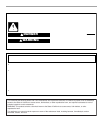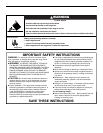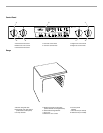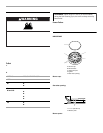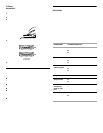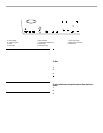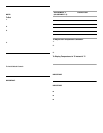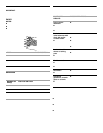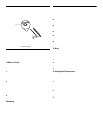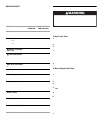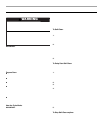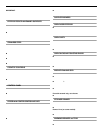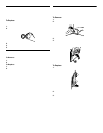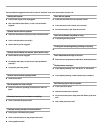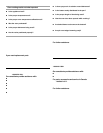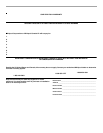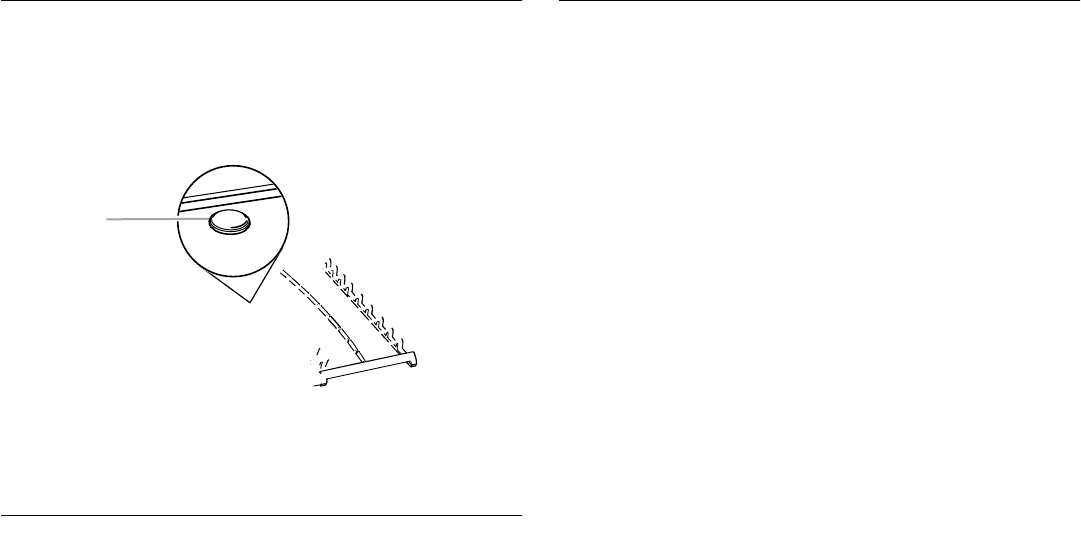
11
OvenVent
The oven vent should not be blocked or covered since it allows
the release of hot air and moisture from the oven. Blocking or
covering oven vents will cause poor air circulation, affecting
cooking and cleaning results. Do not set plastics, paper or other
items that could melt or burn near the oven vent.
Baking andRoasting
The oven automatically regulates the heat levels and both the top
and bottom elements cycle on and off accordingly during preheat
and bake to maintain a precise temperature range for optimal
cooking results.
To Bake or Roast:
Before baking and roasting, position the racks according to the
“Positioning Racks and Bakeware” section. When roasting, it is
not necessary to wait for the oven to preheat before putting food
in, unless it is recommended in the recipe.
1. Press BAKE.
Press the TEMP “up” or “down” arrow pads (buttons) to enter
a temperature other than 350°F (175°C). Press the “up” or
“down” pads (buttons) to raise or lower the temperature in
5°F/5°C increments.
2. Press START.
A preheat time will count down, and “PrE” will appear on the
display. The oven control automatically sets preheating times
based on the oven temperature you select.
When the actual oven temperature is reached, the set
temperature will replace “PrE” on the display.
When the set temperature is reached, if on, 1 tone will sound.
3. Press OFF or OFF/CANCEL when finished cooking.
The temperature can be changed anytime after pressing START.
Preheating
Preheat temperatures are affected by varying factors such as
room temperature and peak energy usage times. It is normal for
the temperature showing on the display and the actual oven
temperature to differ.
Waiting an additional 10 minutes after the preheat conditioning
time ends to put food in the oven is suggested when baking
foods with leavening ingredients, such as yeast, baking powder,
baking soda and eggs.
Broiling
Broiling uses direct radiant heat from the broil burner to cook
food. During broiling, the broil burner cycles on and off in
intervals to maintain the oven temperature.
If the oven door is opened during broiling, the broil burner will
turn off immediately and come back on once the door is closed.
■ Use only the broiler pan and grid provided with the appliance.
It is designed to drain juices and help prevent spatter and
smoke.
■ For proper draining, do not cover the grid with foil. The
bottom of the pan may be lined with aluminum foil for easier
cleaning.
■ Trim excess fat to reduce spattering. Slit the remaining fat on
the edges to prevent curling.
■ Pull out oven rack to stop position before turning or removing
food. Use tongs to turn food to avoid the loss of juices. Very
thin cuts of fish, poultry or meat may not need to be turned.
■ After broiling, remove the pan from the oven when removing
the food. Drippings will bake on the pan if left in the heated
oven, making cleaning more difficult.
To Broil:
Before broiling, position the rack according to the Broiling Chart.
Position food on the grid in the broiler pan, then place it in the
center of the oven rack with the longest side parallel to the door.
It is not necessary to preheat the oven before putting food in,
unless recommended in the recipe. Close the door.
1. Press CUSTOM BROIL.
2. Press START.
The set oven temperature will appear on the display until the
oven is turned off.
3. Press OFF/CANCEL when finished cooking.
To Change Broil Temperature:
When custom broiling, changing the temperature allows more
precise control. The lower the temperature, the slower the
cooking. Thicker cuts and unevenly shaped pieces of meat, fish
and poultry may cook better at lower broiling temperatures.
1. Press CUSTOM BROIL. “500°F” will appear on the display.
Press the TEMP “up” or “down” arrow pads to enter a
temperature other than 500°F (260°C). The broil range can be
set between 300°F and 525°F (149°C and 274°C). “HI” will
appear instead of 525°F (274°C).
2. Press START.
The set oven temperature will appear on the oven display
until the oven is turned off.
3. Press OFF/CANCEL when finished cooking.
A. Oven vent cap
A



